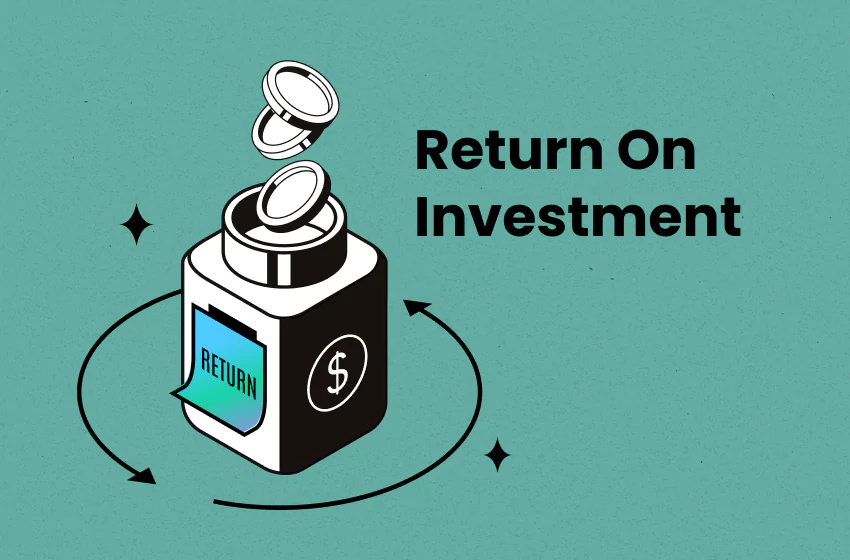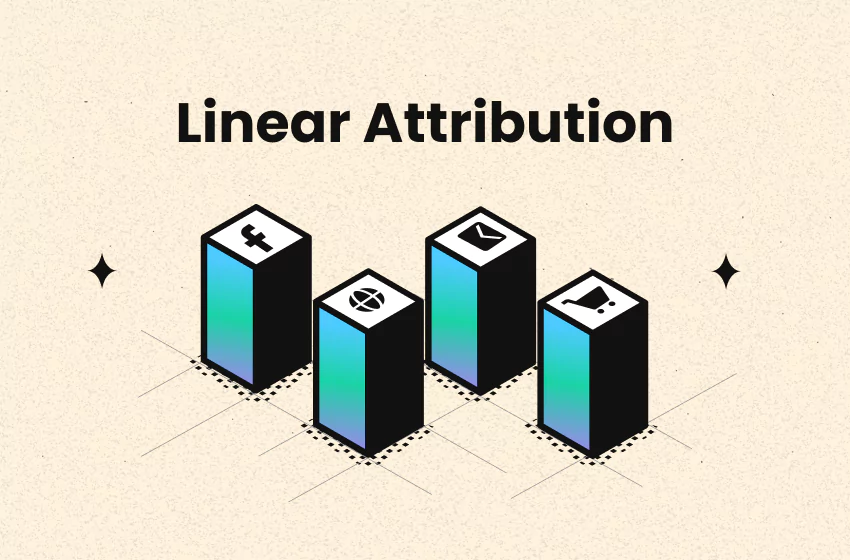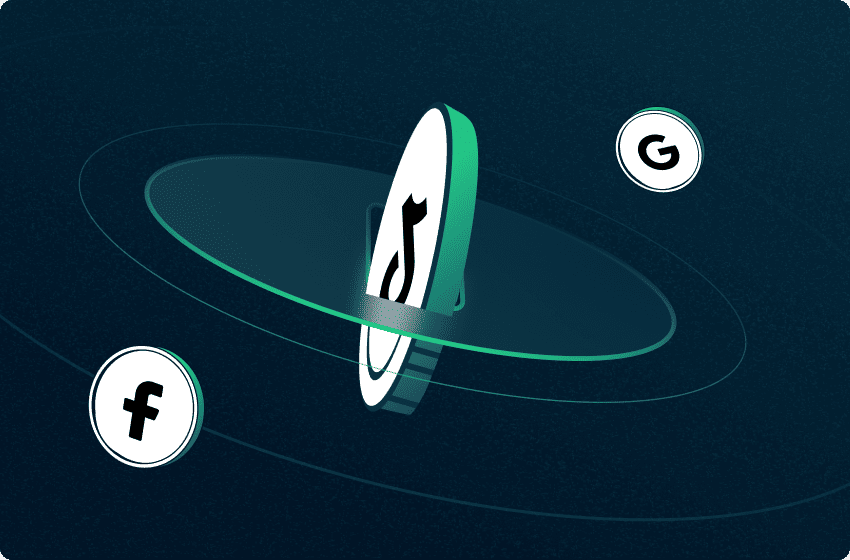Ultimate Guide To U Shaped Attribution Model [+Example]
![Ultimate Guide To U Shaped Attribution Model [+Example]](https://be.trueprofit.io/uploads/U-Shaped-Attribution-Model.png)
The U-Shaped Attribution Model, also known as the "Position-Based Attribution Model," is a method of assigning credit to the different touchpoints that a customer interacts with before making a purchase.
In this blog post, we'll explore the definition of the U shaped attribution model, provide straightforward examples and look into its pros and cons.
What Is U-Shaped Attribution Model?
U shaped attribution model is a marketing analytics technique that assigns credit to each touchpoint in a customer’s journey. This model gives significant weight to the first and last interactions in the customer journey, while assigning less credit to the middle interactions.
This approach is often considered a hybrid of other attribution models, like the first-click and last-click models, but with a more balanced perspective. It offers a more realistic view of the customer journey compared to models that assign full credit to only one touchpoint.
The idea behind this is that the first touchpoint introduces the customer to the brand, while the last touchpoint is often the final push to convert the customer. The middle interactions, while still important, receive less emphasis.
What Is an Example of U-Shaped Attribution?
Let’s take the example of an online fashion retailer that runs ads on multiple platforms.
- First Touchpoint (Awareness): A potential customer sees a Facebook ad showcasing a new summer collection. This touchpoint creates awareness about the brand and generates curiosity.
- Middle Touchpoints (Consideration): The customer then visits the website, checks out some product pages, and clicks through a few email campaigns.
- Last Touchpoint (Conversion): A few days later, the customer receives a retargeting ad on Instagram offering a limited-time discount, and clicks to make the purchase.
In the U-Shaped model, more credit is assigned to the first and last touchpoints. The Facebook ad that introduced the brand receives significant credit, and so does the Instagram ad that drove the final purchase. The middle interactions, such as visiting the website and engaging with email campaigns, receive less credit.
While this model helps you understand the value of different touchpoints, it's also important to assess whether these channels are driving real profitability. Use a profit margin calculator to measure the financial impact of each touchpoint on your bottom line.
Pros & Cons of U Shaped Attribution Model
U-shaped attribution, as a multi-touch attribution model, has its own unique set of pros and cons that businesses should carefully consider before implementing this model in any marketing campaign.
✅ Pros | ❌ Cons |
|
|
When to Use the U-Shaped Attribution Model?
In general, the U-Shaped Attribution Model is ideal for businesses that have a multi-step customer journey and want to balance the credit between the awareness and conversion stages, while still accounting for the importance of middle touchpoints.
The U-Shaped Attribution Model works well in certain business scenarios. Here’s when to consider using it:
- When You Want to Optimize Awareness and Conversions: This model is best suited for businesses that focus on building brand awareness while also pushing for conversions. It allows marketers to measure the effectiveness of both these stages.
- When Sales Cycles Are Longer: If your customers take time to make a decision, such as in B2B sales or expensive consumer goods, this model helps track both the initial interest and the final decision points.
- When There Are Multiple Touchpoints: If your marketing strategy involves multiple channels (e.g., social media, email campaigns, paid ads), the U-Shaped model helps balance the importance of both initial and final interaction.
The U shaped attribution model is a powerful tool for businesses seeking to optimize their marketing strategies. Attributing more credit to the first and last touchpoints highlights the importance of the initial and final interactions in the customer journey.
This model is particularly effective for businesses with straightforward buyer funnels and shorter buying cycles. However, this model may only suit some companies or marketing strategies, particularly those with complex customer journeys or longer buying cycles.
Therefore, businesses must consider their specific needs and circumstances when applying the U shaped attribution model.
Tracy is a senior content executive at TrueProfit – specializing in helping eCommerce businesses scale profitably through content. She has over 4 years of experience in eCommerce and digital marketing editorial writing. She develops high-impact content that helps thousands of Shopify merchants make data-driven, profit-focused decisions.





![Time Decay Attribution Model: What It Is, Pros & Cons [2025]](https://be.trueprofit.io/uploads/time-decay-attribution-68931b1ee8064.webp)

![The Ultimate Guide To Cross Channel Attribution [2024]](https://be.trueprofit.io/uploads/shopify-cost-of-goods-sold-definition-formula-how-to-track-2-68931b1aad5fb.webp)


![Data-Driven Attribution Model: How It Works & How to Set It Up [2025]](https://be.trueprofit.io/uploads/Data-Driven-Attribution_-Leveraging-Analytics-for-Better-Marketing-Decisions.png)
 Shopify profits
Shopify profits


